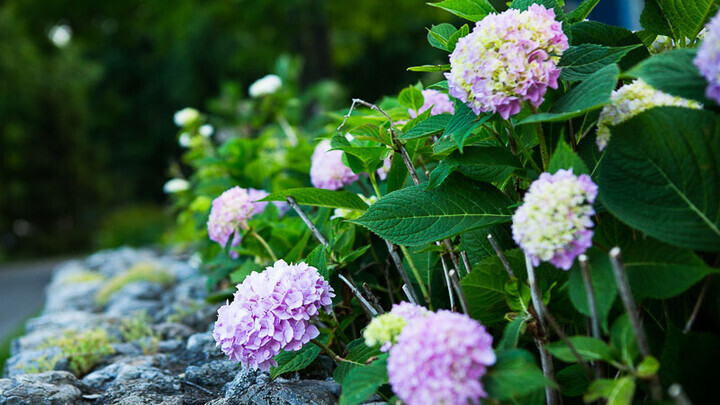
Hydrangea
Plant Hydrangea to form a border, to fill a shady spot in your garden or near your door where it’s easy to bring blooms inside. They prefer rich, well-draining but moist soil, which is easy to achieve with a soaker hoses or a Thumb Control Watering nozzle. Give hydrangeas morning sun and afternoon shade whenever possible. Compost or mulch flowers in spring and fall for optimal growth.
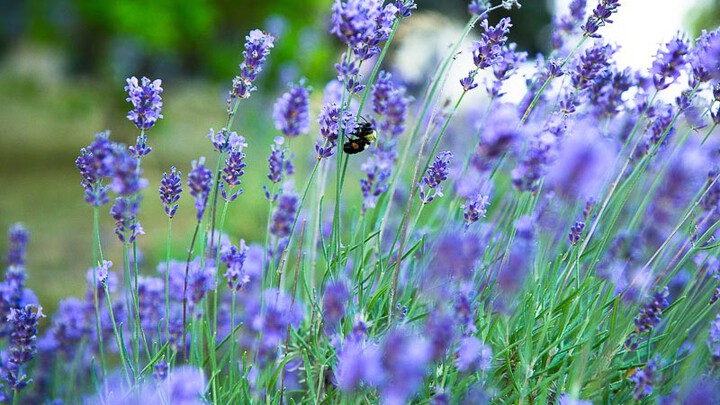
Lavender
Lavender is a flower that is also an herb. Its mood boosting fragrance is known to be calming and restorative. Mix these flowers into homemade soaps, herb sachets, or try lavender honey vanilla ice-cream. For best results, grow lavender from starts or cuttings. Plant it in groups, as a focal point, or to form a perennial border. It tolerates poor to moderate soil and is incredibly water wise.

Nasturtium
Multi-purpose nasturtiums can be grown for their charming foliage and flowers, that serve as food, or to lure aphids away from your veggie garden. Toss its leaves and blossoms into a summer salad or pickle the seeds to make “poor man’s” capers. Grow nasturtium in a patio garden, flower garden, or kitchen garden. It tumbles out of containers and along garden walks thanks to its vine-like nature. Be sure to give it good soil and regular water.

Cosmos
It’s hard not to love the lighthearted, exuberant nature of cosmos. It’s what I call a make-you-smile plant. Technically an herbaceous perennial, cosmos will return from one season to the next in warmer climates. However, in cooler climates, you need to reseed. Growing it from seed gives you far more varieties to choose from than what you can typically find in starts.
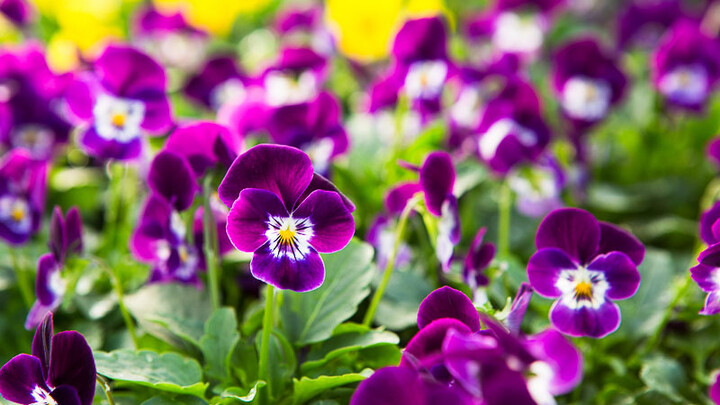
Violas
Also known as pansies or “Johnny-Jump Up” flowers, violas can be sown from seed or starts. It’s best to plant in early spring as soon as soil can be worked and again in mid-summer for a fall bloom. Add the flowers to salads or sugar them to decorate cakes and other desserts. Violas grow best along the edges of kitchen garden beds, in perennial borders, in window boxes, and in container gardens. Make sure to plant in rich, well-draining soil and water regularly.
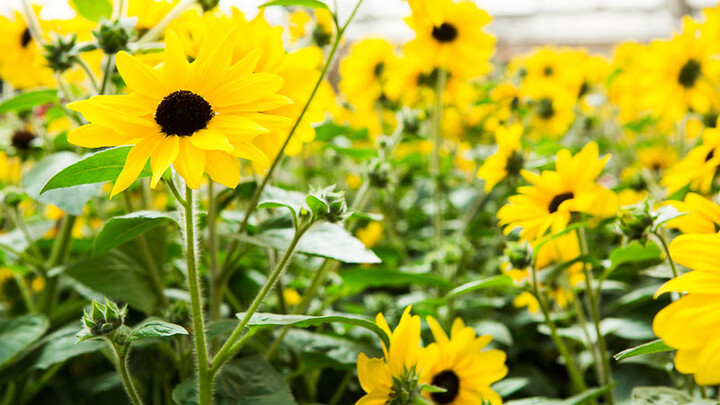
Sunflowers
Growing sunflowers from seed may allow you to have volunteers, self-sowing flowers, which can easily be transplanted the following season. Varieties like “Mammoth Russian,” “Hopi Black Dye,” “Super Snack Mix,” and “Royal Hybrid” are all good eating and flowering varieties. Some varieties like “Sunfinity” are perfect to add to borders and cutting gardens. Give them plenty of sun, good soil, and regular water.
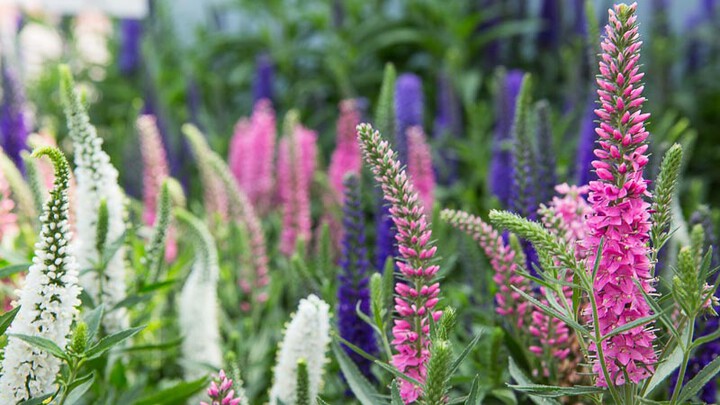
Veronica
Veronica, also known as speedwell, is a hardy perennial that pairs well with sage varieties like Salvia nemorosa. When your Salvia blooms begin to fade, Veronica takes its place. It thrives in full sun to part shade, prefers well-draining soil, and is fairly water wise once established. Water 2 to 3 times weekly, depending on summer rain and heat, using your Flexogen Super Duty Hose and Thumb Control Watering Nozzle.